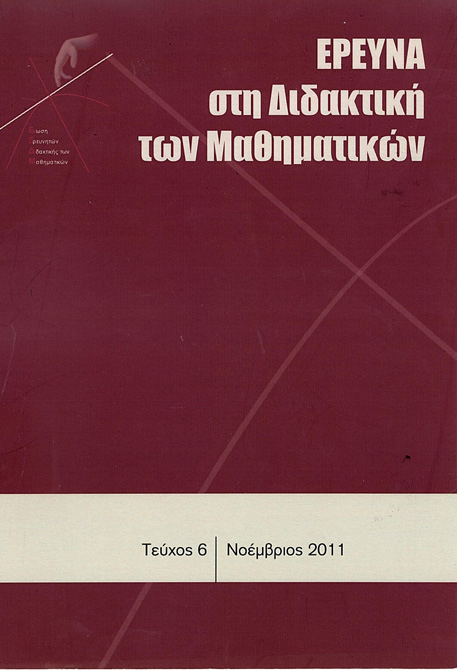The intuitive perceptions of Kindergarten children , Primary School and High School School in problems of sum of two dice with the help of a microcosm

Abstract
Children from a young age construct intuitive perceptions about the probability concepts that are adaptable through appropriate learning interventions. The computers with the capability of generating large sequences of random numbers and multiple dynamic representations of phenomena offer new opportunities to stochastic concepts learning. In this paper we present a case study on the impact of a software microworld-game in intuitive concept of probability development. The proposed microworld problem is based on the sum of two dice and the study of its impact concerns to kindergarten, middle school, and junior high school children. The experimental fi ndings support the learning value of the proposed microworld in the diagnosis of primary and secondary intuitive perceptions of probabilistic concepts in the context of an attractive and engaging learning activity.
Article Details
- How to Cite
-
Φεσάκης (Giorgos Fesakis) Γ., Καφούση (Sonia Kafoussi) Σ., & Μαλισιόβα (Eleftheria Malisiova) Ε. (2017). The intuitive perceptions of Kindergarten children , Primary School and High School School in problems of sum of two dice with the help of a microcosm. Research in Mathematics Education, (6), 11–37. https://doi.org/10.12681/enedim.15033
- Section
- Articles

This work is licensed under a Creative Commons Attribution 4.0 International License.
Authors who publish with this journal agree to the following terms:
Authors retain copyright and grant the journal right of first publication with the work simultaneously licensed under a Creative Commons Attribution licence that allows others to share the work with an acknowledgement of the work's authorship and initial publication in this journal.
Authors are able to enter into separate, additional contractual arrangements for the non-exclusive distribution of the journal's published version of the work (e.g. post it to an institutional repository or publish it in a book), with an acknowledgement of its initial publication in this journal.
Authors are permitted and encouraged to post their work online (preferably in institutional repositories or on their website) prior to and during the submission process, as it can lead to productive exchanges, as well as earlier and greater citation of published work (See The Effect of Open Access).


